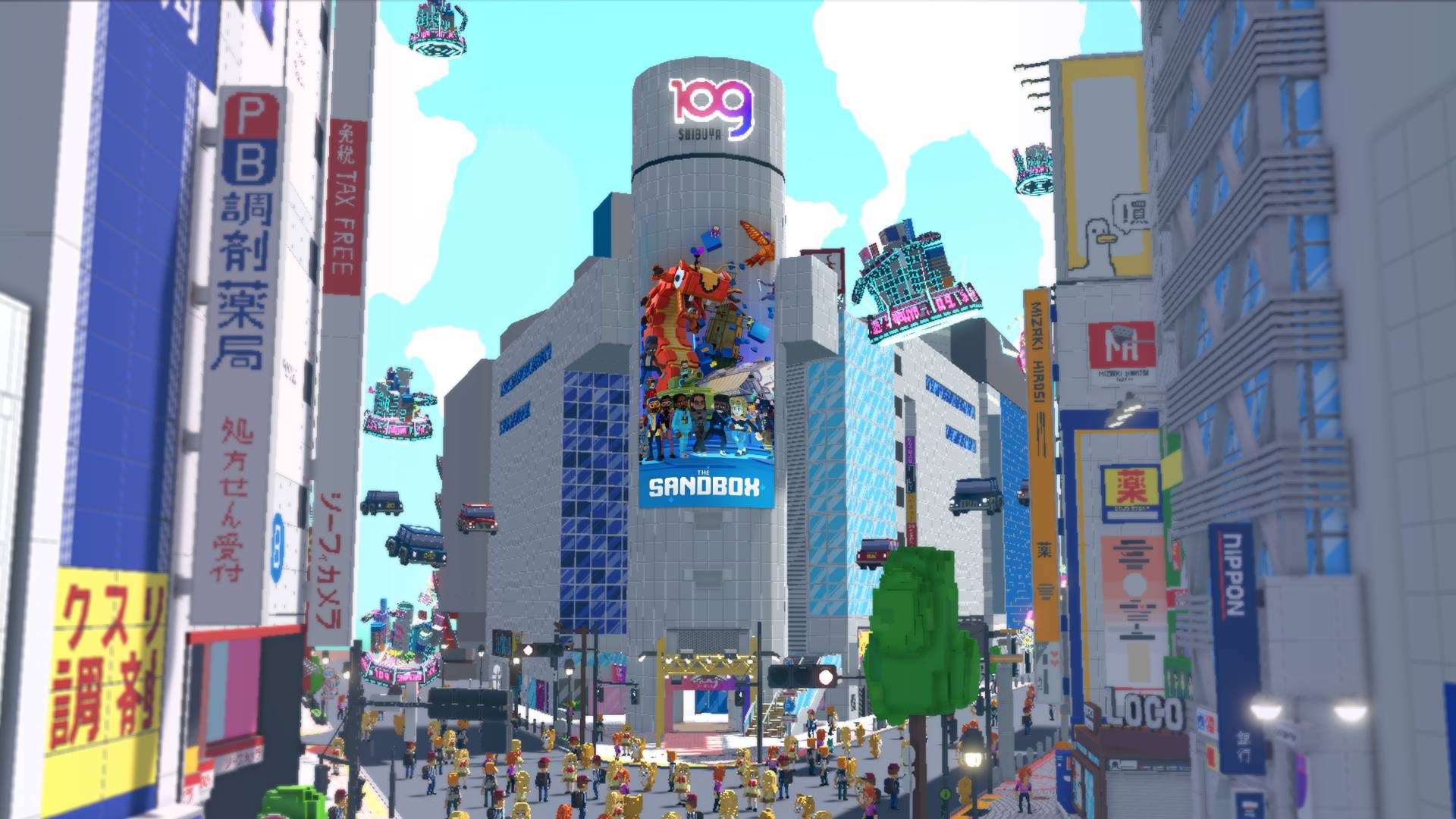Conversations about nonfungible tokens and their role in fashion appear to be running out of steam on the world stage. The arc from initial NFT excitement to eventual burnout has been remarkably short, and in the context of fashion — where the production run of a particular design sometimes tallies less than 100 items — the industry doesn’t need to introduce any artificial scarcity when it has the real thing.
Still, it is probably best not to abandon NFTs just yet, with some of the biggest names in Japanese retail recently announcing plans to engage in the world of digital assets. BEAMS fired the first shot on Feb. 25 by partnering with Rakuten’s NFT marketplace, followed by Shibuya 109’s March 2 announcement of a collaboration with Hong Kong-based digital platform The Sandbox. While both brands have always adjusted their image to remain in sync with the times, both are enduring tastemakers who rarely put a foot wrong when it comes to engaging with young people looking to express themselves.
The late start might make you think that these brands have missed the boat, but what we are seeing now in terms of fashion is a potential long-term strategy. The first wave of NFTs has been characterized by booms, busts and get-rich-quick schemes for the digital age that mimic hyped streetwear drops (the NFT connoisseur’s wardrobe of choice). Such customers are of little concern to a second wave of corporate NFTs, which target younger people whose greatest investment to date is probably their smartphone.


















With your current subscription plan you can comment on stories. However, before writing your first comment, please create a display name in the Profile section of your subscriber account page.